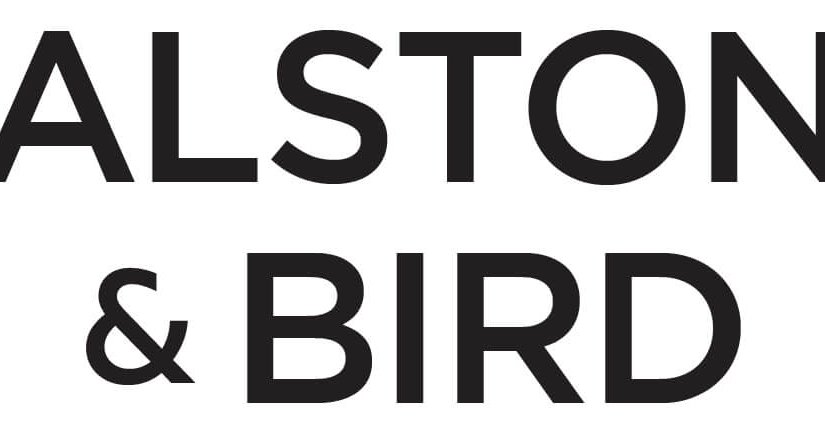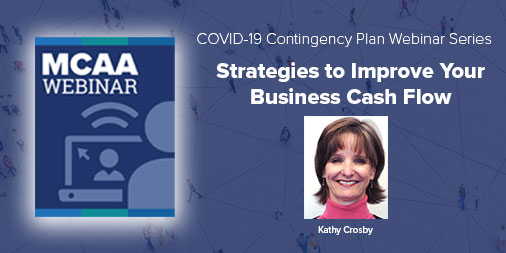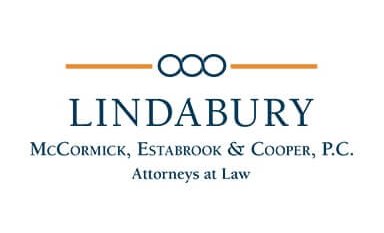Below are two recently issued Frequently Asked Questions published by the Small Business Administration and Treasury Department on eligibility for Paycheck Protection Program loans for public and privately owned companies and eligibility for firms that have access to other adequate sources of liquidity. The after-the-fact guidance issued on April 24 and April 28 is causing some degree of confusion among firms that have already applied for and been granted PPP loans before publication of this criteria.
Following the FAQs below is some discussion of the issue by the national accounting firm Withum. MCAA is not providing legal or accounting counsel on this issue and is advising member firms of this issue so they can discuss with their legal and accounting consultants.
31. Question: Do businesses owned by large companies with adequate sources of liquidity to support the business’s ongoing operations qualify for a PPP loan?
Answer: In addition to reviewing applicable affiliation rules to determine eligibility, all borrowers must assess their economic need for a PPP loan under the standard established by the CARES Act and the PPP regulations at the time of the loan application. Although the CARES Act suspends the ordinary requirement that borrowers must be unable to obtain credit elsewhere (as defined in section 3(h) of the Small Business Act), borrowers still must certify in good faith that their PPP loan request is necessary. Specifically, before submitting a PPP application, all borrowers should review carefully the required certification that “[c]urrent economic uncertainty makes this loan request necessary to support the ongoing operations of the Applicant.” Borrowers must make this certification in good faith, taking into account their current business activity and their ability to access other sources of liquidity sufficient to support their ongoing operations in a manner that is not significantly detrimental to the business. For example, it is unlikely that a public company with substantial market value and access to capital markets will be able to make the required certification in good faith, and such a company should be prepared to demonstrate to SBA, upon request, the basis for its certification.Lenders may rely on a borrower’s certification regarding the necessity of the loan request. Any borrower that applied for a PPP loan prior to the issuance of this guidance and repays the loan in full by May 7, 2020 will be deemed by SBA to have made the required certification in good faith. (11)
11 Question 31 published April 23, 2020.
37. Question: Do businesses owned by private companies with adequate sources of liquidity to support the business’s ongoing operations qualify for a PPP loan?
Answer: See response to FAQ #31. (14)
14 Question 37 published April 28, 2020.
Analysis From Withum:
FAQ 31 was a reference to the recent (and somewhat controversial) FAQ asking if companies owned by “large companies with adequate sources of liquidity to support the business’s ongoing operations qualify for a PPP loan?” This FAQ is interesting, because FAQ 31 didn’t specifically include or exclude private companies from its question, so it is unclear why the SBA decided that it needed to take this step and offer even further clarification. Also this FAQ does not seem to answer its own question, it just refers to another question’s answer…which doesn’t really address the question either….very strange. One could surmise that the SBA may be trying to narrow in on a point of view regarding PE/VC investors, but even that doesn’t make a lot of sense given the fact that in the 3rd Interim Final Ruling (IFR) an FAQ specifically states that portfolio companies of PE funds are in fact eligible as long as they meet the affiliation guidance. Your guess on all of this is as good as ours.
In the end, FAQs like this don’t really do much to create clarity, and certainly raise concerns from the middle market who are seeking to act in good faith. Our recommendation ultimately remains the same – document your position and the circumstances that existed at the time you applied for the loan, if you are unsure, certainly consider consulting counsel. We also recommend documenting the uncertainties that existed within your board minutes (if you keep them) so it is clear as to what the facts were, and what was known or knowable at the time you applied.
Analysis of FAQ #31 regarding eligibility: Last week we provided a high level breakdown of a somewhat controversial FAQ that seemed to target PPP eligibly for public companies and businesses “owned by large companies”. This FAQ created some anxiety amongst PE and VC backed entities because it seemed to imply that the goalposts may have been moved for them in terms of considering if they can apply. We found a great article that breaks down this FAQ even further in case you wanted to dig in. In the end our recommendations from last week have not changed, documenting your view on why you are eligible and why you believe you have business uncertainty remains important, we don’t know that this FAQ created any major changes for the typical applicant, but certainly may have been a message to Wall Street.
We continue to explore this issue and will provide more guidance as it becomes available.





